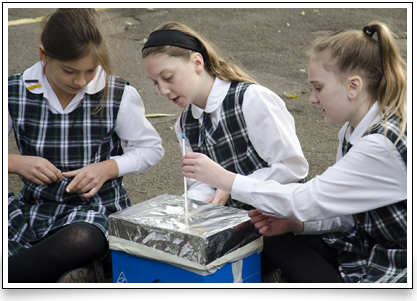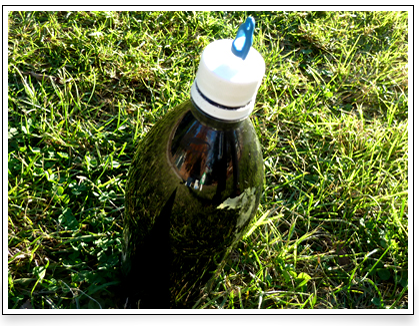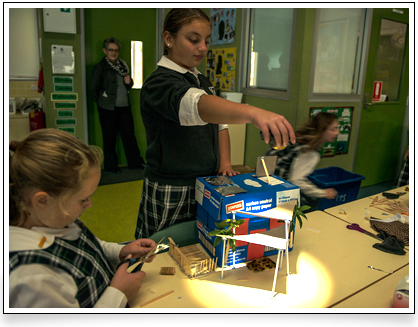Click on the tabs below to complete the tasks: Roof materials, Exterior colours, Shading, and Landscaping.
Links
- https://drive.google.com/open?id=1V4tsMr2fEdBQcTQw-PNnqF6bP4g5I-qkZG59DVWNfWE
- https://docs.google.com/document/d/1-Vvw6L-5Ou7-WtVFnW-4QgVjkv0uaihvvLH8AqygZzw/edit?usp=sharing
- https://drive.google.com/open?id=1h9-j9ixjnAKDtqF6SJVfDWvYslS2nlFuQWGkq-qZUtE
- https://drive.google.com/open?id=1QmHbCTvIRL6cU--4kgi3NC8Pb1E51T_58guIXObBCBg



